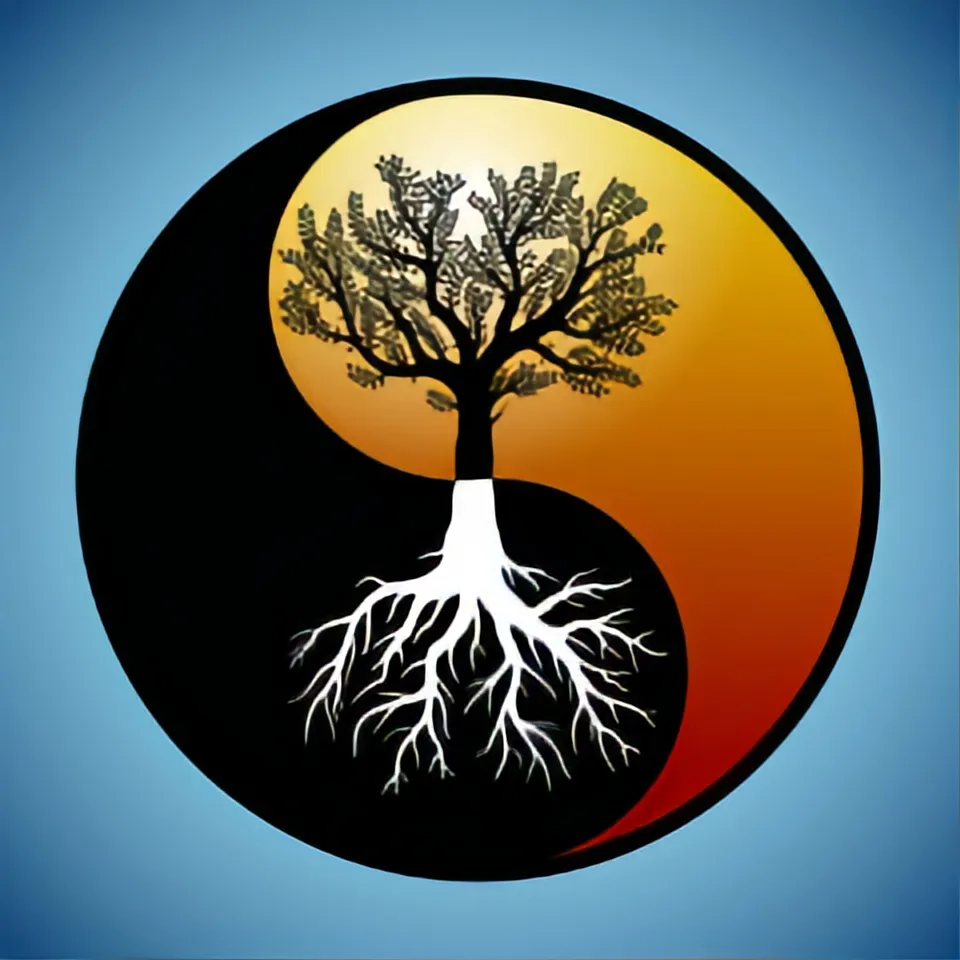In this course we will explore Jung’s ideas about how men and women can overcome their difficulties in relating to each other. Jung has much to say about the psychological prerequisites for sustaining a workable relationship. We will discuss the questions: What is the role of the unconscious in who we choose as a partner? What is the process of taking back a projection to the opposite sex? What are the components of relating to the “otherness” of the other? What’s involved in the psychological task of accepting love? What is the role of wisdom as a bridge between men and women?
Jung’s pupil Marie-Louise Von Franz wrote: “Working out the problem of love between man and woman constellates unending hardships. But, as Jung mentioned, this is vitally important today not only for the individual but also for society and indeed for the moral and spiritual progress of mankind. It is a sphere visited today by the numen, where the weight of mankind’s problem has settled. That is the reason why the unconscious often uses impressive and important images to express the problem of love in order to show that it is something absolutely crucial.” (M-L Von Franz, Corpus Alchemicum Arabicum, p. 46)
Jung’s ideas of what makes for better relations with the opposite sex are invaluable, such as how a man’s grounding in his male shadow enables him to relate to women, and a woman’s grounding in her female shadow enables her to relate to men.
In the last portion of the course, we will explore how the process of completing our life’s journey (Individuation) manifests in the experience of inner and outer union.
Readings will consist of weekly handouts of quotations from Jung’s work and the work of his pupil Marie-Louse Von Franz.
Supplementary Texts:
The Way of the Image, Yoram Kaufmann
The Symbolic Quest, Edward C. Whitmont



